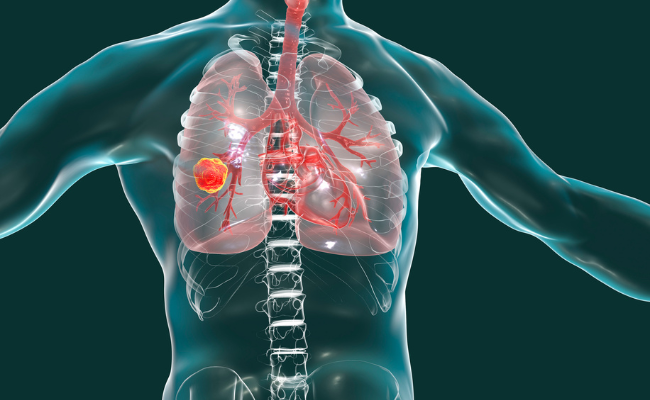Know about Home Oxygen Treatment
- November 21, 2023
- No Comments
What is Home Oxygen Treatment?
Home Oxygen Treatment, also known as home oxygen therapy, is a medical intervention specifically crafted to offer supplemental oxygen to individuals facing diminished blood oxygen levels. It is frequently prescribed for individuals grappling with respiratory conditions such as chronic obstructive pulmonary disease (COPD), pneumonia, asthma, and other ailments impacting the ability to breathe effectively. This therapeutic approach is advised for those with low blood oxygen levels, necessitating extra oxygen beyond what is available in ambient air. The underlying cause of insufficient blood oxygen levels often lies in a spectrum of chronic conditions, primarily those influencing the respiratory system.
Why is Home Oxygen Treatment Necessary?
The primary goal of home oxygen treatment is to ensure that individuals with respiratory disorders receive an adequate supply of oxygen to meet their body's needs. Oxygen is essential for various bodily functions, and when the natural respiratory process is compromised, supplemental oxygen becomes crucial. Conditions like COPD often result in reduced lung function, making it challenging for individuals to get sufficient oxygen from the air they breathe.
-
How Does Home Oxygen Treatment Work?
Home oxygen treatment involves the use of an oxygen concentrator or compressed oxygen gas cylinders to deliver additional oxygen to the patient. Oxygen concentrators work by drawing in room air, removing nitrogen, and delivering concentrated oxygen through a nasal cannula or face mask. Compressed oxygen cylinders, on the other hand, store oxygen in a highly pressurized form and release it as needed.
The specific delivery method and flow rate are determined by a healthcare professional based on the patient's condition and oxygen requirements. Patients are educated on the proper use of equipment and safety precautions to ensure effective and safe treatment at home.
Treatment Solutions for Home Oxygen Therapy
- Oxygen Concentrators: These are electronic devices that extract oxygen from the air, concentrating it for delivery to the patient. They are convenient for home use, as they do not require refilling and can operate continuously as long as there is a power source.
- Compressed Oxygen Cylinders: These cylinders store oxygen in compressed form. They are portable and can be used outside the home, providing flexibility for individuals who need oxygen therapy on the go. However, they need to be refilled regularly.
- Liquid Oxygen Systems: Liquid oxygen systems store oxygen in liquid form, which is then converted to gas for inhalation. These systems are suitable for those who require higher flow rates of oxygen and need a portable solution.
- Oxygen Conserving Devices: These devices help optimize oxygen use by delivering oxygen only when the patient inhales, conserving the oxygen supply and extending the duration of use for portable systems.
Benefits of Home Oxygen Treatment:
- Improved Oxygen Levels: The primary benefit of home oxygen treatment is the restoration of adequate oxygen levels in the blood, which is essential for overall health and well-being.
- Enhanced Quality of Life: Individuals with respiratory conditions often experience symptoms such as fatigue, shortness of breath, and difficulty performing daily activities. Home oxygen therapy can alleviate these symptoms, allowing patients to lead a more active and fulfilling life.
- Reduced Hospital Admissions: By providing oxygen therapy at home, the need for frequent hospital visits or extended stays can be minimized. This contributes to a more cost-effective and patient-friendly approach to managing chronic respiratory conditions.
- Increased Independence: Home oxygen therapy allows individuals to receive the necessary treatment in the comfort of their homes, promoting independence and reducing the burden of regular hospital visits.
- Improved Sleep: Many respiratory conditions can impact sleep quality. Home oxygen treatment can help improve sleep by ensuring that the body receives sufficient oxygen during rest, leading to better overall sleep hygiene.
- Customized Treatment: Home oxygen therapy allows healthcare providers to tailor treatment plans to individual patient needs. This personalized approach ensures that patients receive the right amount of oxygen for their specific condition.
- Flexibility and Convenience: Home oxygen systems, especially portable options, provide patients with the flexibility to move around and engage in various activities without being tethered to a stationary oxygen source. This convenience enhances the overall patient experience.











Comments (0)
No comments yet